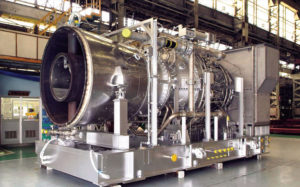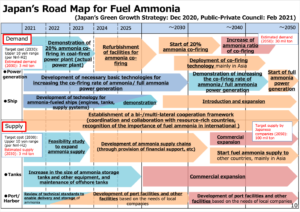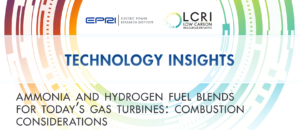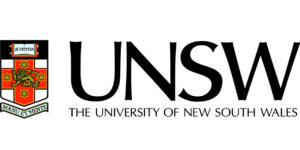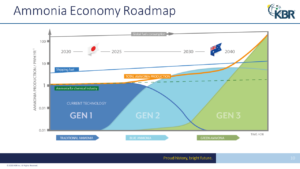The Ammonia Wrap: commercial turbines, another GW of green ammonia, Viking Energy updates, and "any-fuel" high-temp PEM fuel cells
Welcome to the Ammonia Wrap: a summary of all the latest announcements, news items and publications about ammonia energy. This week: commercialised ammonia gas turbines, TDK and GenCell join forces, another GW of green ammonia production, small-scale green ammonia in rural Japan, hydroelectric ammonia in Laos, Viking Energy vessel updates, new partnerships for Haldor Topsoe and "any-fuel" high-temp PEM fuel cells.
